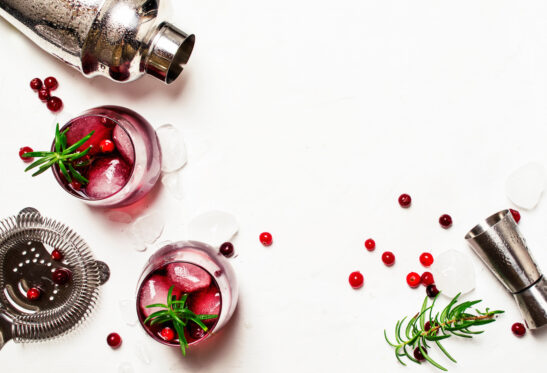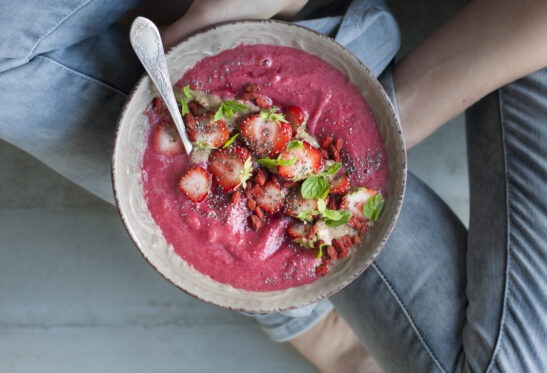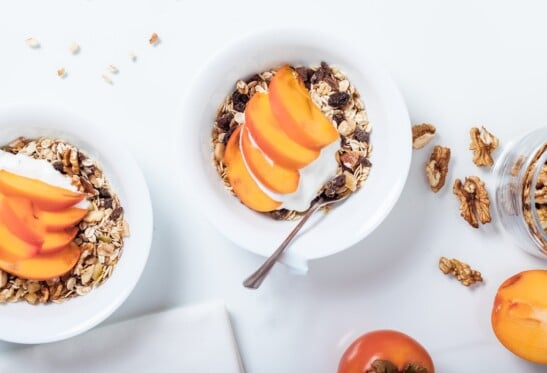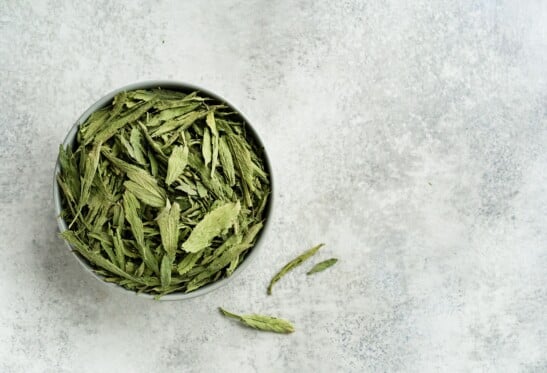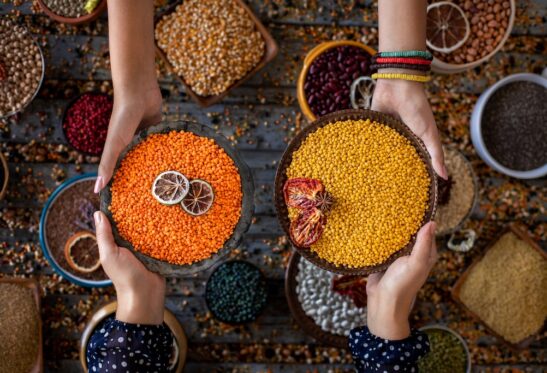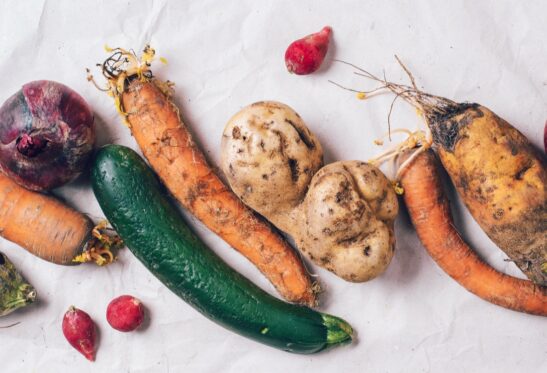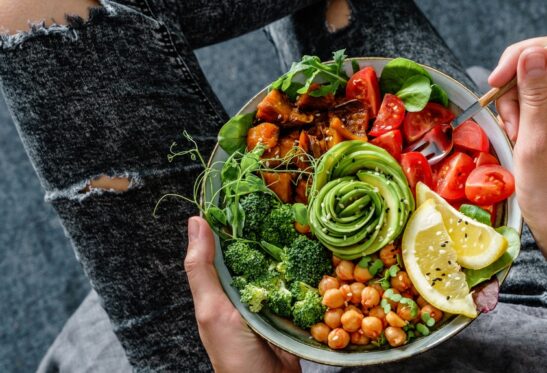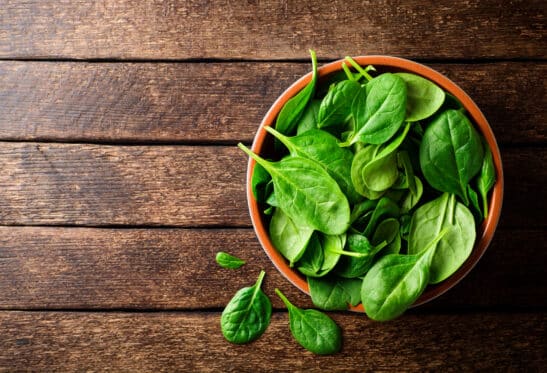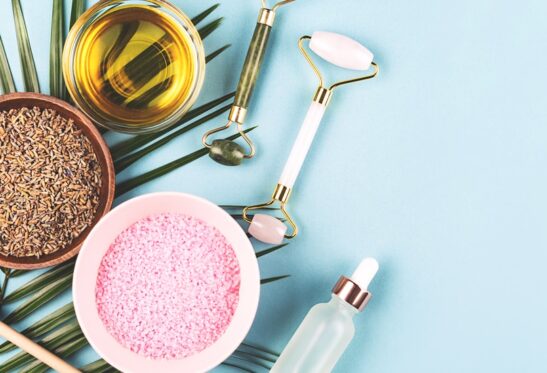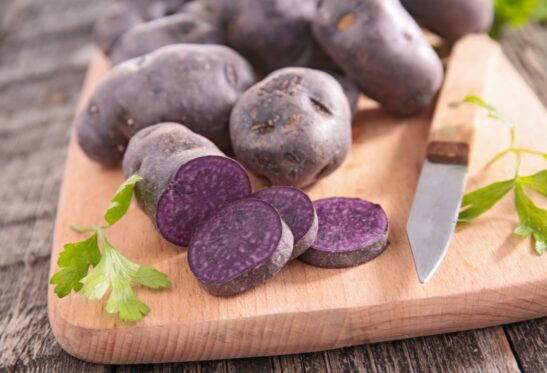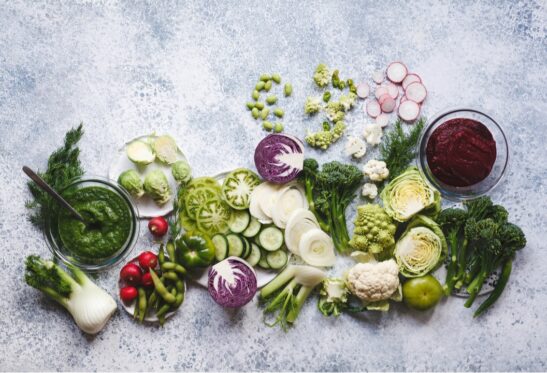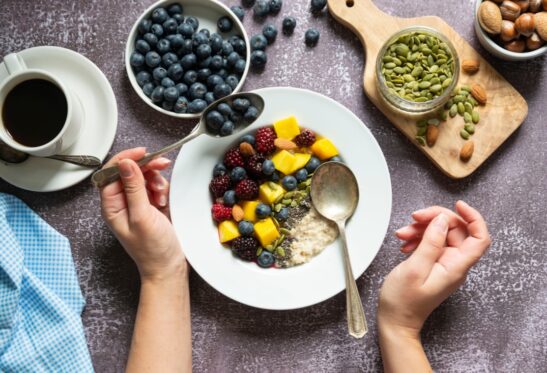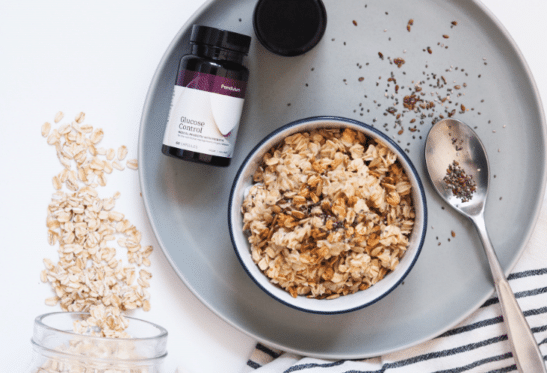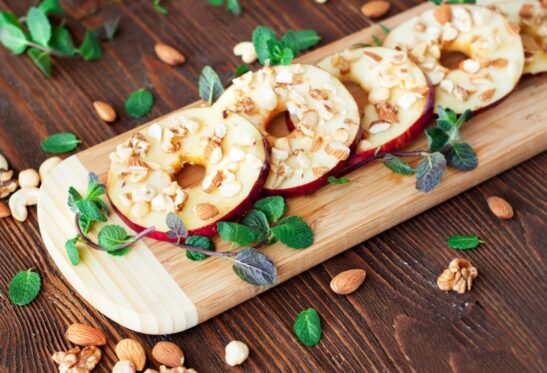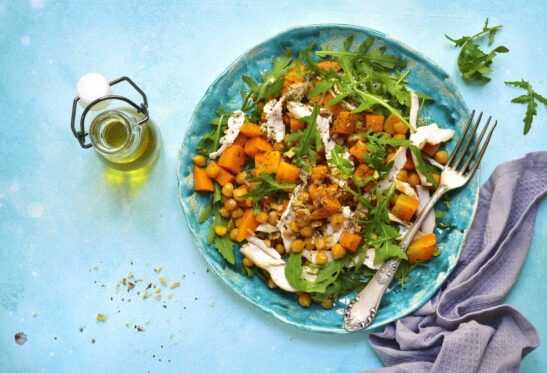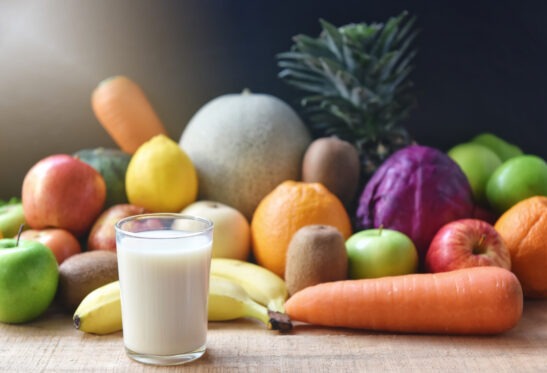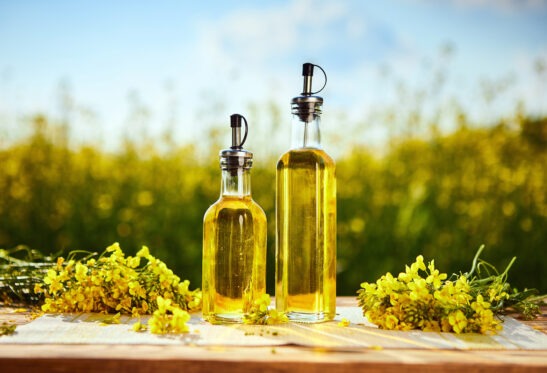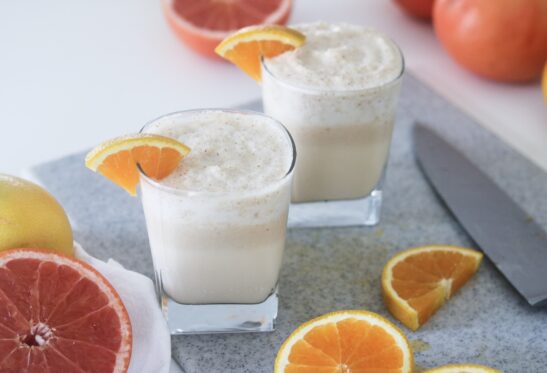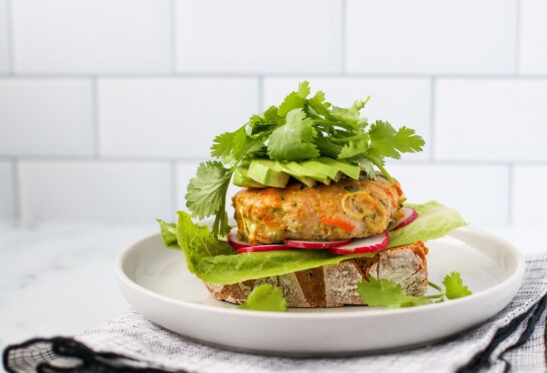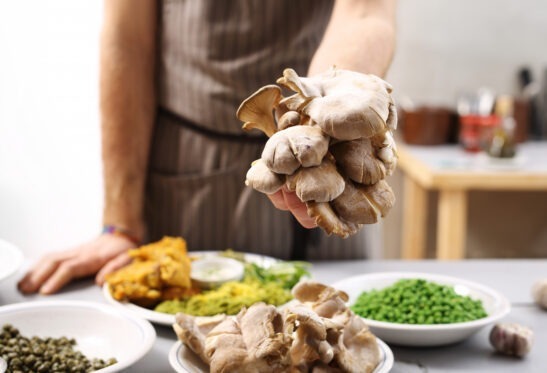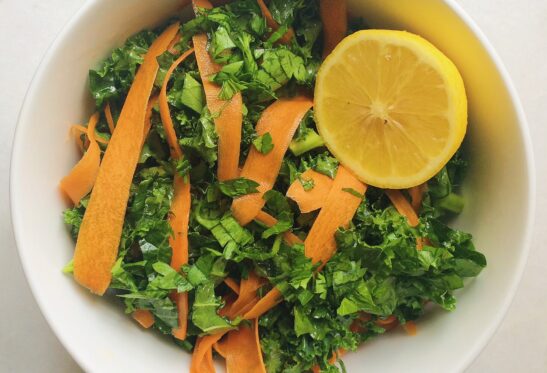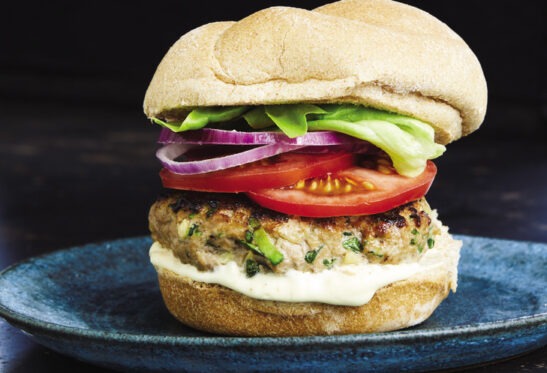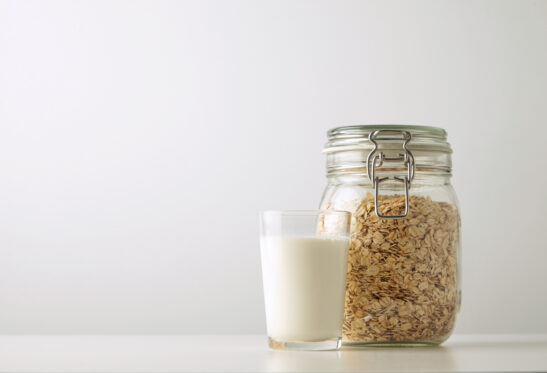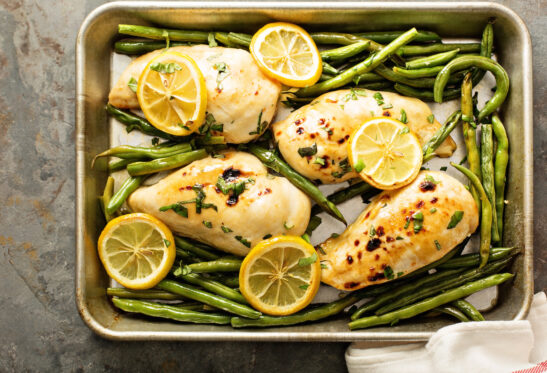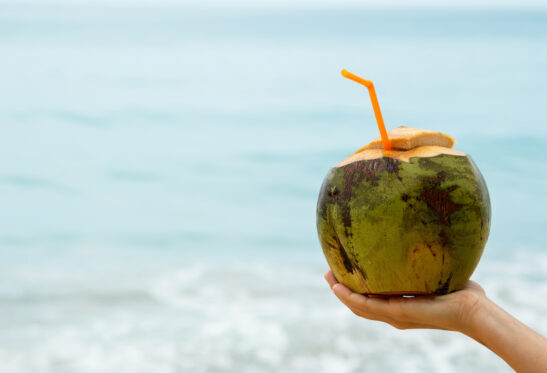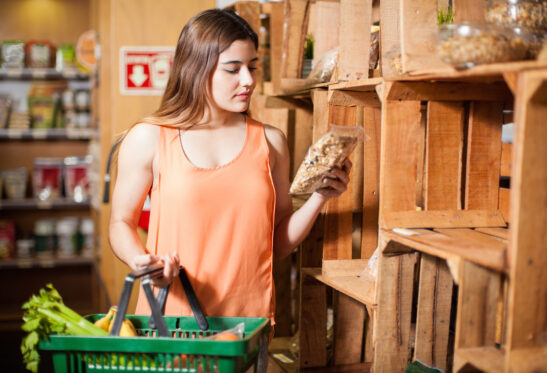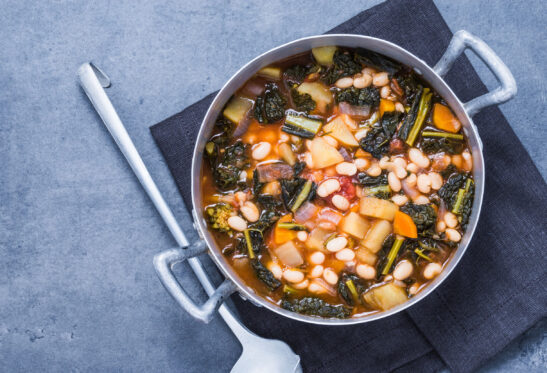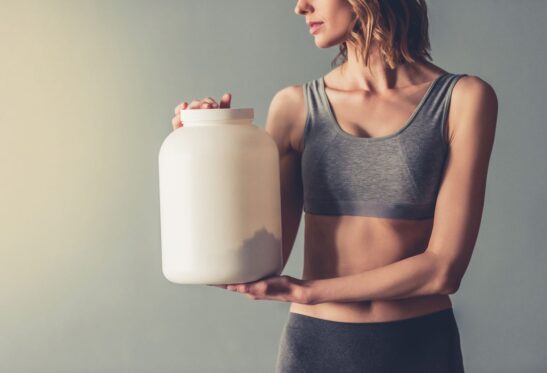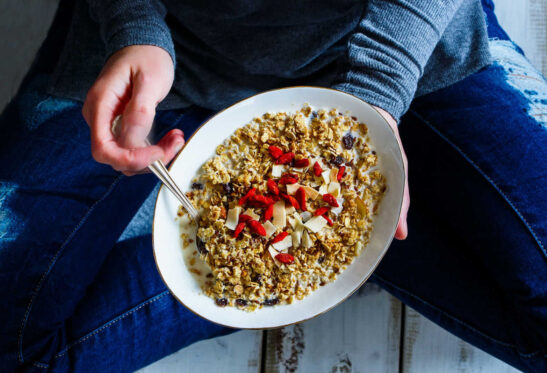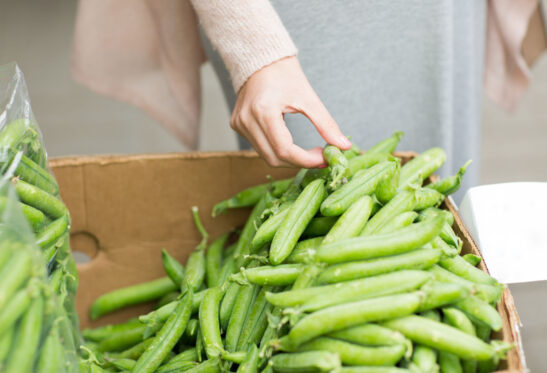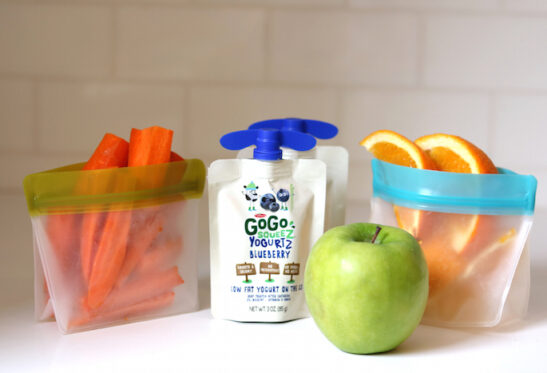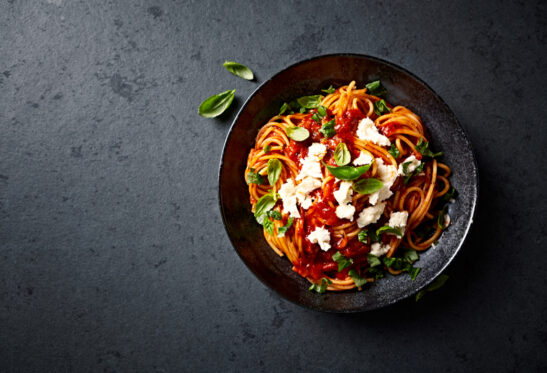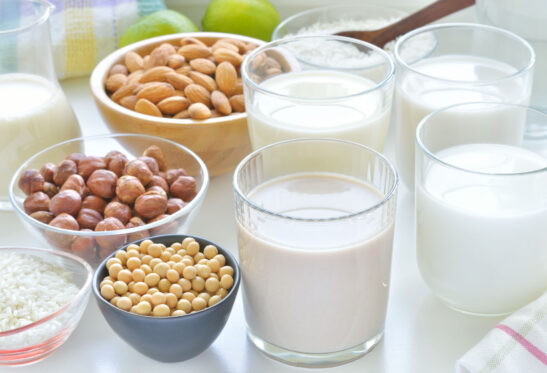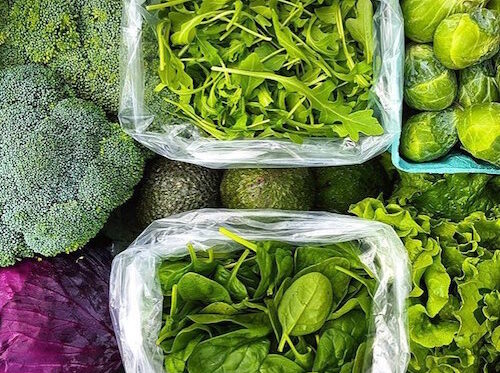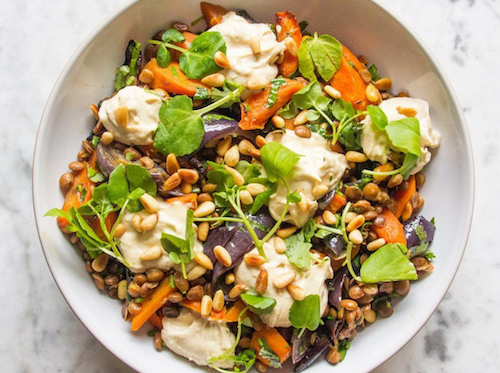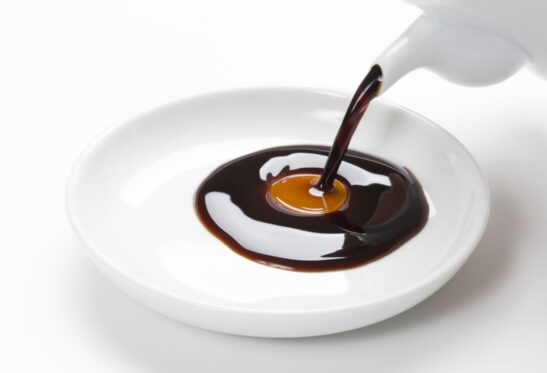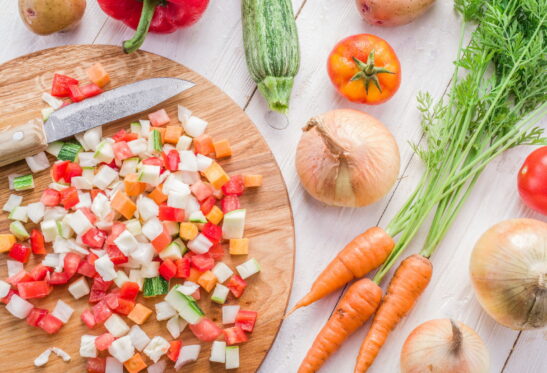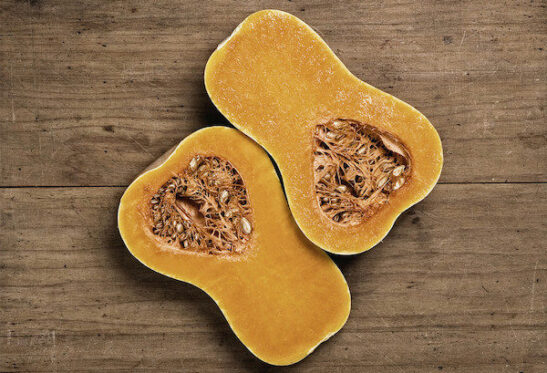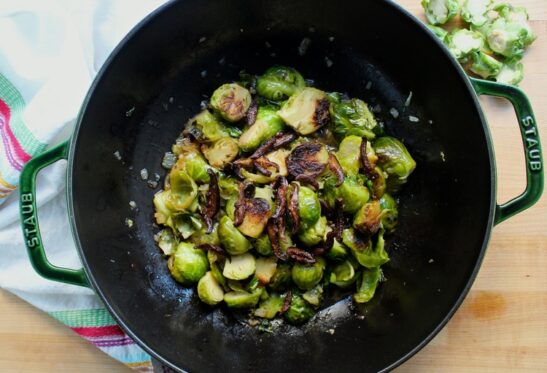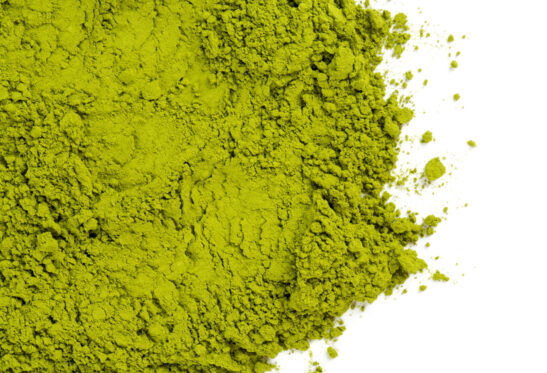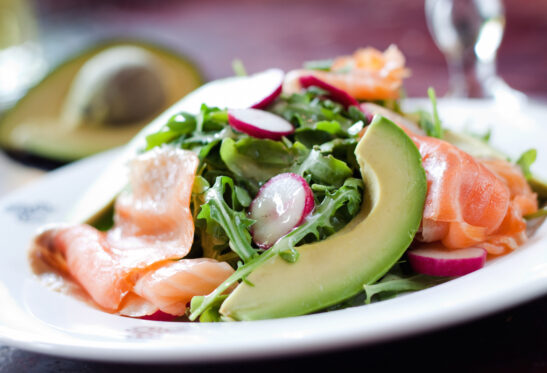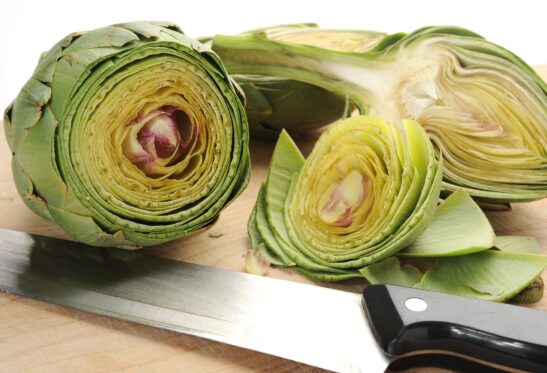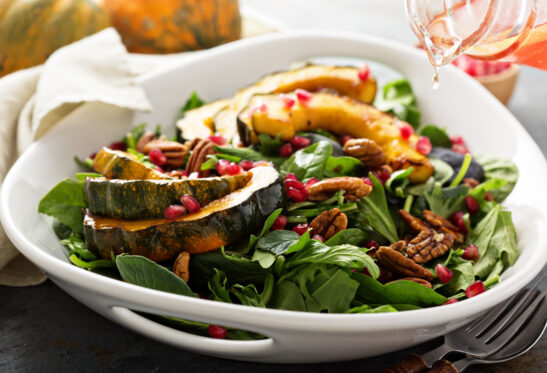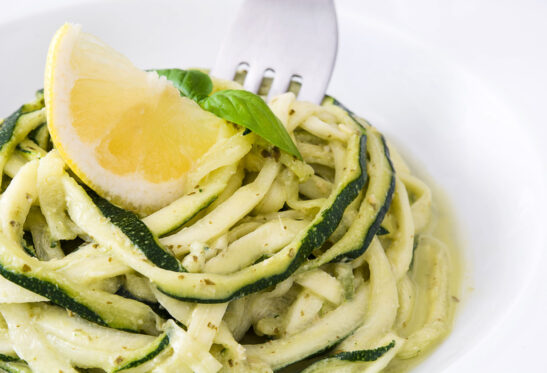Say Hello to Potato Milk—the New Kid on the Non-Dairy Milk Block
By Web BehrensHome » Drink Up » Say Hello to Potato Milk—the New Kid on the Non-Dairy Milk Block
We’re betting that you heard it here first: Potato milk is a thing.
Also, we’re betting you just had an instant reaction: Maybe a puzzled, “Hmm, what exactly is potato milk?” or (more likely) a disgusted, “Ewww, what the hell is potato milk!?”
We’re more than happy to answer those questions. That’s one of the things we love to do at Nutritious Life: To clue you into new food trends and let you know if they’re a good idea or something to avoid.
Of course, non-dairy milk has been around for a long time. Back in the Stone Age (i.e., the late 20th century), rice milk was everywhere. Vegans and people with lactose intolerance could also opt for soy milk, which was generally as good as it got. (Soy milk contains a similar amount of protein to cow’s milk, with significantly less fat and carbs. But not everyone can digest soy products. And some debate remains about how healthy soy is; the answer is not clear-cut.)
RELATED: Is Tofu Really Healthy?
Today, if you’re avoiding cow’s milk for any number of reasons, you’ve got a plethora of choices. These days, even small grocery stores carry a few different options, such as almond milk, cashew milk, oat milk or coconut milk. Depending on where you shop, you might even have encountered hemp milk, quinoa milk, hazelnut milk or macadamia milk.
Get ready to add potato milk to that list. True, you won’t find it on shelves in U.S. stores yet, but that’s probably a matter of time.
Keri Glassman’s Potato Milk Recipe
Here’s a potato milk segment on “The Doctors” with our very own Keri Glassman, founder of Nutritious Life and a registered dietitian nutritionist who is a nationally recognized expert in nutrition. Keri dishes on all things potato, especially the bad rap they get but don’t deserve, and shares a recipe for potato milk.
What’s in Potato Milk?
One company that’s “all in” on potato milk is Dug, a Swedish-based brand. Dug uses a patented emulsion process developed at Lund University to blend potatoes and rapeseed oil, then fortifies the liquid with additional ingredients, including pea protein and chicory fiber. Currently, Dug has three varieties of potato milk on the market, but as of early 2022, the product is only sold in Sweden and the U.K. (You can’t even try an Amazon work-around—Amazon UK won’t ship it to the States.)
It’s worth noting that, despite their reputation as mere starch vessels, potatoes are not nutrition slouches. According to The European Food Information Council, one medium-sized potato, boiled, provides a bunch of micronutrients, including 3 grams of fiber, 10mg vitamin C, and significant amounts of potassium. They also rank high on the satiety index—meaning, you feel full before consuming as many calories with potatoes compared to other foods like pasta or white bread. The catch: Much of a potato’s nutrients are found in the skin, so boiling peeled potatoes (as recommended in the DIY potato milk recipe below) means you’re only getting 66% of the Vitamin C and 60% of the potassium.
Pro tip: Take those potato skins you’ve peeled off the potatoes for your DIY potato milk recipe and add olive oil and salt. Then, either bake them in the oven or cook them in an air fryer on 400F for about 5 minutes. The resulting potato skins are packed with fiber and other nutrients and satisfy your salty, crunchy cravings!
Why Potatoes?
According to Dug, they began exploring the tuber’s possibilities for several reasons. First, they claim that potatoes are one of the planet’s most sustainable foods–and that you can even grow them in space. That’s right! In 1995, the potato became the first food to be cultivated in space, on board the Columbia space shuttle.
Making them even more sustainable is their very low carbon footprint. One hectare, which is about 2 ½ acres, can yield over a quarter million portions of food, according to Dug. Plus, they’re delicious and packed with nutrients. That’s reason enough to get on the potato (milk) train!
How to Make Potato Milk at Home
Yeah, it’s a bummer that we can’t buy it in the U.S. But if you’re curious to sample this new vegan drink option, you don’t have to wait for Dug to begin shipping and selling across the Atlantic, or for the other brands that are sure to follow. We looked for DIY methods you could try at home and found recipes for potato milk from two test kitchens that agree on the best method. One comes from the great cooking site Food52, the other from The Green Creator.
Step 1. Peel two or three potatoes (about 1½ cups total) and boil them in three cups of hot water with a pinch of salt. You want them soft but not falling apart.
Step 2. Remove potatoes with a slotted spoon, saving the water. Once both have cooled a bit, measure the starchy water; you want 3½ to 4 cups of liquid total, so add warm water up to that level. Also add any flavorings to taste—i.e., a half-teaspoon of vanilla or almond extract; a couple tablespoons of your sweetener of choice (brown sugar, coconut sugar, maple syrup).
Step 3. Combine the potatoes and starchy water into a blender and puree for a good 5 minutes. Strain the mixture through cheesecloth or an extra-fine mesh colander, catching the resulting liquid in a pitcher or mason jar.
Voila! You’ve got potato milk, which you can store in the fridge for several days. Pour it on cereal, blend into smoothies, or add to your tea.
(Image: Shutterstock)
Chicago-based writer/editor Web Behrens has spent most of his career covering arts and culture, mostly for the Chicago Tribune and Time Out Chicago. He counts cooking and baking among life's joys, having learned his way around a kitchen from his Bavarian grandmother and from being a strict vegetarian throughout the ’90s and ’00s.
RECENT ARTICLES

Want a sneak peek inside the program?
Get FREE access to some of the core training materials that make up our signature program – Become a Nutrition Coach.
Get Access Drink Up
Drink Up Eat Empowered
Eat Empowered



























































